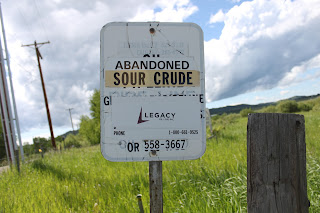Climate Change It’s Not If But How Much
The most recent publication of the Intergovernmental Panel
on Climate Change Summary Report is quoted by National Geographic:
“Each of the last three decades has been successively warmer at the Earth’s surface than any preceding decade since 1850.”
On average, the Earth’s temperature has increased by 0.85oC
(1.5oF) since records were kept. The temperature increase is not
even around the globe. The Arctic temperatures have increased markedly. Cloud
cover in some areas has reduced average temperature.
While climate predictions remain an inexact study, the
evidence for a warmer world is piling up. There seems to be a pause in the
straight line increase, but the last three decades have been warmer than any
decades since records have been kept.
National Geographic puts the information from the Summary
Report very simply in the form of five takeaways. I have taken the liberty of
‘cherry picking’ from it. For more information, refer to NatGeo’s article.
1.
Since 1950 cold days and nights have decreased
while warm days and nights have increased.
2.
The top 75 metres of the oceans have warmed an
average of 0.2oF(0.11oC) each decade since 1970.
3.
Sea ice in the Arctic as well as glaciers has
declined since 1970. Sea ice is growing in the Antarctic as predicted by
climate scientists. Permafrost temperatures in the boreal areas are increasing.
4.
Sea levels have increased and will continue to
increase.
5.
At least 50% of the global warming since 1950
can be attributed to the carbon dioxide released into the air when fossil fuels
are burned.
If present trends continue and heedless consumption of
fossil fuels continue and increase, the coming decades will be interesting
indeed.

Wood Smoke May Be Worse than Originally Thought
ReplyDelete"half the C02 released today will still be in the atmosphere 150 to 200 years from now"
http://solarcooking.org/ghouse.htm